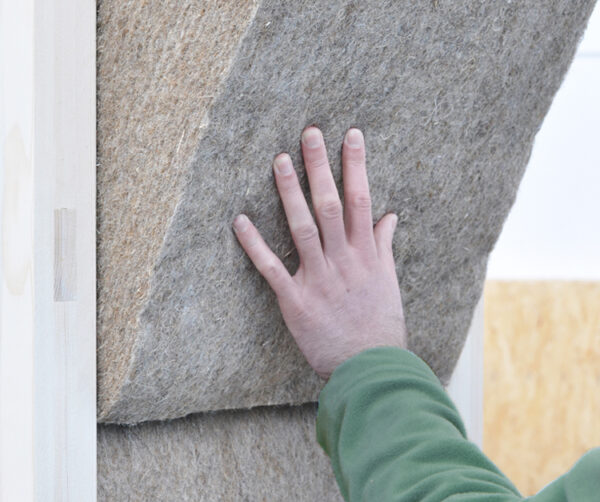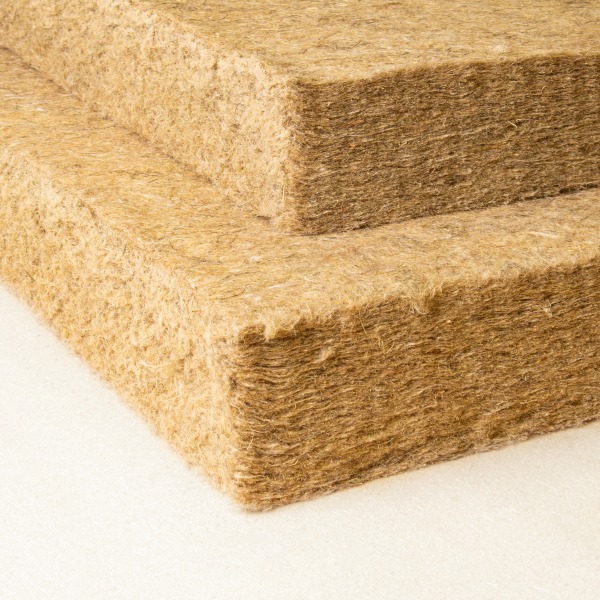
Hemp insulation – future material that is here today!
Hemp fibres are exceptionally robust and can be used in a wide range of applications. For millennia, humans have used these fibres. Today, the demand for hemp fibres is rising again, as they are an eco-friendly and sustainable alternative to synthetic fibres in many applications.
A PLANT THAT NEEDS LITTLE AND GIVES A LOT
The fibres from 1 hectare are sufficient to produce up to 90m³ of hemp insulation material. Additionally, 1-hectare hemp field removes annually approx. 14.5t CO2 from the atmosphere.
Industrial hemp plants grow up to 3 metres high in about 100 days and their roots reach almost as deep into the soil. This allows the hemp plant to reach nutrients that are inaccessible to many other plants, meaning there is no need for additional artificial fertilisers. No chemical pesticides are necessary, as the hemp plant grows faster than weeds. In addition, the hemp plant is of no interest to pests, as it does not contain any nutrients that can be used by them. Hemp plants are also extremely resistant to fungi and rot.


Hygroscopic, diffusional, good thermal capacity
Hemp fibre insulation does not cause skin or respiratory irritations therefore it is very user friendly. Everyone who has used it knows about it’s a pleasant material. Hempwool insulation has good physical properties. Good heat and sound insulation. Hygroscopic. Maintaining balanced humidity is one of the key elements of a healthy indoor climate. Does not cause moisture traps inside the construction. Capillary of hemp wool helps to disperse moisture during winter months. Hempwool has a good thermal capacity – it provides protection from heat during increasingly hot summer months.
Therefore hempwool is an investment for the healty and safe living environment . Utilization does not cause environmental issues. In reality hemp insulation can be used again and again.


